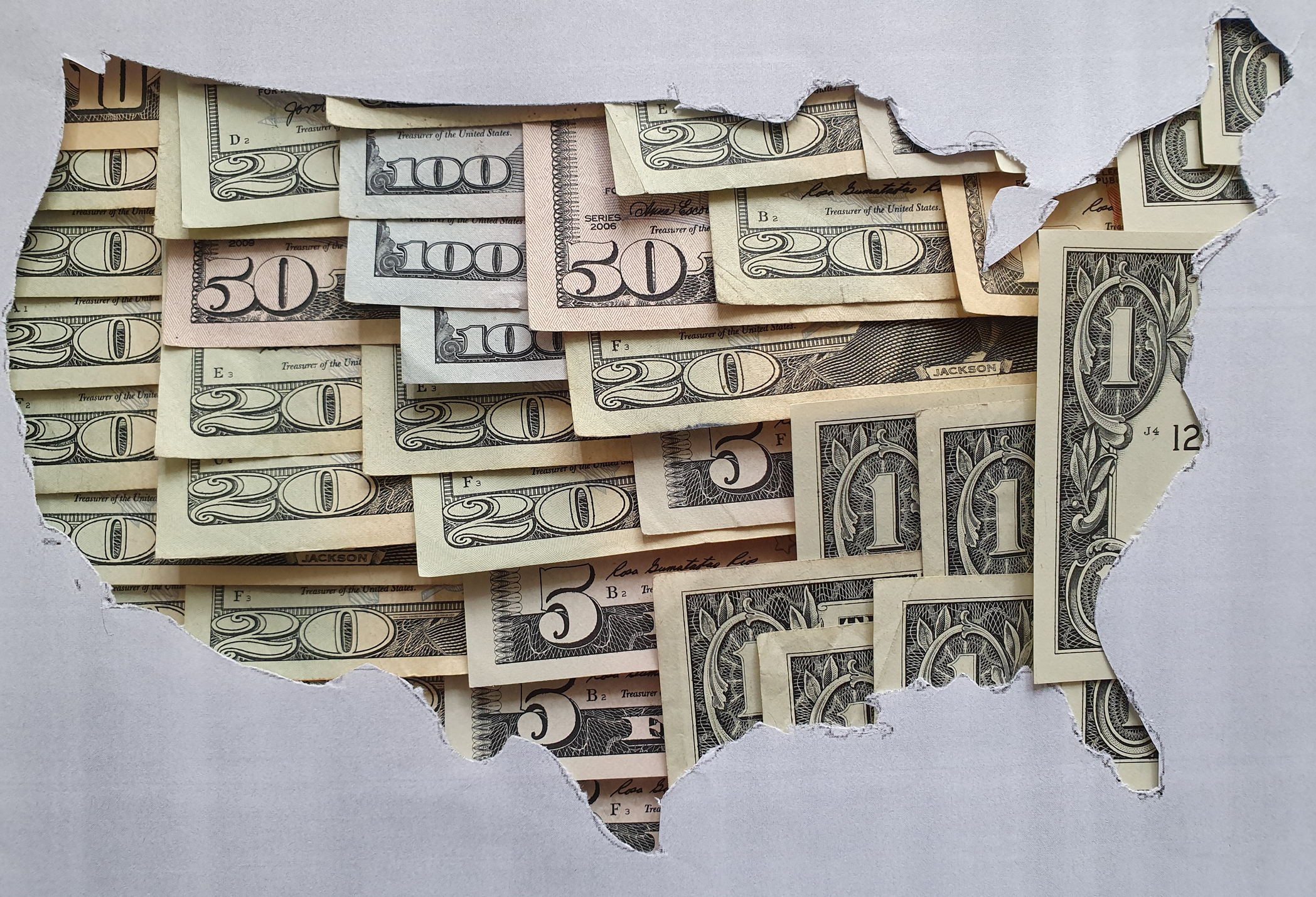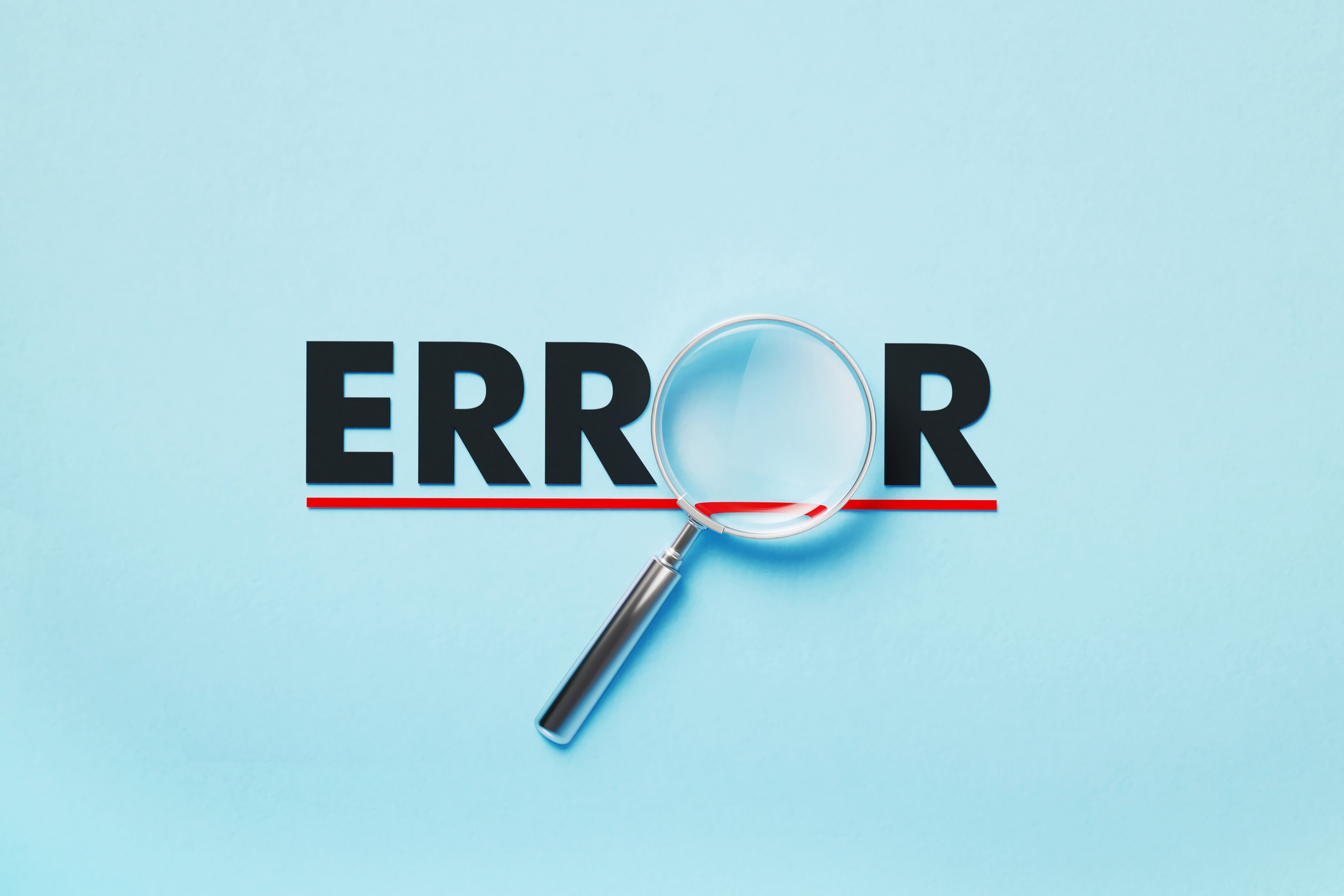Reminder: Estimated Tax Payments Are Due Soon
Here’s what you need to know about paying quarterly estimated taxes and avoiding penalties.


The upcoming 2024 estimated tax payments deadline is September 15 for most taxpayers who make quarterly payments. However, millions of taxpayers have extended IRS deadlines for some 2024 estimated tax payments (due to severe weather impacts). But if you don't live in a designated area of one of those states, your quarterly estimated tax payment is due next week.
Here's what else you need to know.
- If you don't have taxes automatically deducted from a regular paycheck due to being self-employed or retired, for example, you may need to make estimated tax payments.
- The reason why is that in the U.S., we have a pay-as-you-go system for taxes.
That means the IRS requires you to pay taxes as you earn your income. While most people think of paying taxes only as part of their annual federal tax return, there are actually two ways to pay as you go. You can either have taxes withheld from your paycheck, pension, or Social Security, or you can make quarterly estimated tax payments throughout the year.

Sign up for Kiplinger’s Free E-Newsletters
Profit and prosper with the best of expert advice on investing, taxes, retirement, personal finance and more - straight to your e-mail.
Profit and prosper with the best of expert advice - straight to your e-mail.
Why does it matter? Failing to pay enough tax through withholding or estimated payments, or missing the estimated payment deadline, can ultimately result in IRS penalties. So, here are four things to know that might help.
#1. Who must make estimated tax payments
If you own a business, you generally need to make estimated tax payments. Those payments can also cover self-employment and alternative minimum tax. Special rules apply to fishers, farmers, and some taxpayers with higher incomes. There are also special estimated tax payment rules for recent retirees and individuals with disabilities.
If you are a partner, shareholder, or an individual with an expected tax liability of $1,000 or more when you file your tax return, the IRS requires you to make estimated tax payments. For corporations, the threshold is $500 or more. For more information, please refer to IRS Form 1120-W.
The IRS has an online interactive tax assistant that can help you determine if you need to make estimated tax payments. You can also use the IRS worksheet in Form 1040-ES, Estimated Tax for Individuals, to get more details.
Additionally, there are reasons why you might consider making estimated tax payments. For example:
- Not enough tax is withheld from your salary or pension. (You can estimate and adjust your withholdings to help prevent this from happening.)
- You received interest, dividend, alimony, or self-employment income.
- You received prizes, awards, or unexpected capital gains.
#2. When estimated tax payments are due
The first estimated tax payment for 2024 was due on April 15, 2024. (That was Tax Day.) However, there were some IRS extensions to that and other estimated tax deadlines for people in several states directly impacted by severe storms.
Some recent states include Florida due to Idalia, Hawaii due to wildfires, and South Carolina due to Idalia. If you were directly impacted by a disaster in those states, double-check to see when your tax payments are due.
But for most people without extended deadlines, the April 15, 2024, payment was for taxes due Jan. 1 through March 31, 2024. The payment that was due June 15 covers the period from April 1 through May 31, 2024. The payment due September 15 covers the period from June 1 through August 31, 2024.
#3. How much estimated tax you pay
If you are unsure about the amount you might need to pay for your estimated tax, it can help to follow a simple rule of thumb. Take your previous year's tax liability and divide it by four. Alternatively, you can use Form 1040-ES to calculate your estimated tax payments. This calculation considers several factors such as your projected adjusted gross income, taxable income, deductions, credits, and more for the current year.
What about paying estimated taxes? There are several ways to pay your estimated taxes, including by check and money order. But the IRS says the easiest way to pay is to make an electronic payment online through your IRS account or IRS DirectPay.
You can use a debit or credit card, or digital wallet depending on your chosen payment option. But note that corporations are required to use electronic funds transfers for their estimated tax payments.
#4. How underpayment penalties and waivers work
- If you don't pay your estimated taxes, you could end up owing more money when you file your tax return next year.
- Additionally, the IRS may impose a penalty on the amount you underpaid.
However, you may be able to avoid an underpayment penalty if you owe less than $1,000 or by paying most of your taxes during the year. You might also qualify for a penalty waiver if you meet certain requirements. For instance, your underpayment penalty might be waived if you are a victim of a major disaster or casualty, over 62 years old and disabled, or can show that your underpayment was due to reasonable cause.
Related Content
Get Kiplinger Today newsletter — free
Profit and prosper with the best of Kiplinger's advice on investing, taxes, retirement, personal finance and much more. Delivered daily. Enter your email in the box and click Sign Me Up.

As the senior tax editor at Kiplinger.com, Kelley R. Taylor simplifies federal and state tax information, news, and developments to help empower readers. Kelley has over two decades of experience advising on and covering education, law, finance, and tax as a corporate attorney and business journalist.
-
 The Best Places for LGBTQ People to Retire Abroad
The Best Places for LGBTQ People to Retire AbroadLGBTQ people can safely retire abroad, but they must know a country’s laws and level of support — going beyond the usual retirement considerations.
By Drew Limsky Published
-
 Financial Planning's Paradox: Balancing Riches and True Wealth
Financial Planning's Paradox: Balancing Riches and True WealthWhile enough money is important for financial security, it does not guarantee fulfillment. How can retirees and financial advisers keep their eye on the ball?
By Richard P. Himmer, PhD Published
-
 Free IRS Tax Filing for 30 Million People: Will It Continue Under Trump?
Free IRS Tax Filing for 30 Million People: Will It Continue Under Trump?Tax Filing Direct File was piloted last year in 12 states and has since expanded to 25. But some wonder whether the program will last under the Trump administration.
By Gabriella Cruz-Martínez Last updated
-
 How Caregivers for Adults Can Save on Taxes in 2025
How Caregivers for Adults Can Save on Taxes in 2025Tax Breaks Caring for your parent or spouse can be stressful, but the IRS offers tax breaks for qualifying taxpayers. Here they are.
By Kate Schubel Published
-
 U.S. Treasury to Eliminate Paper Checks: What It Means for Tax Refunds, Social Security
U.S. Treasury to Eliminate Paper Checks: What It Means for Tax Refunds, Social SecurityTreasury President Trump signed an executive order forcing the federal government to phase out paper check disbursements by the fall.
By Gabriella Cruz-Martínez Published
-
 IRS Layoffs Spark Delays, Doubt This Tax Season
IRS Layoffs Spark Delays, Doubt This Tax SeasonTax Season Tax experts say Trump’s downsizing of the IRS is already causing problems.
By Gabriella Cruz-Martínez Last updated
-
 States with the Highest Income Tax Rates for Retirees
States with the Highest Income Tax Rates for RetireesState Tax You may reconsider living and retiring in one of these states due to high taxes.
By Kate Schubel Last updated
-
 AI Tax Scams Target Middle and Older Adults: What to Know
AI Tax Scams Target Middle and Older Adults: What to KnowScams Whether you’re a retiree or Gen Z, scammers can gouge big financial losses with the help of artificial intelligence.
By Kate Schubel Published
-
 Tax-Deductible Home Improvements for Retirement in 2025
Tax-Deductible Home Improvements for Retirement in 2025Retirement Taxes Your aging-in-place plan could benefit from the medical expense tax deduction. But watch out for capital gains and property taxes.
By Kate Schubel Published
-
 Don’t Make These Five Mistakes on Your Tax Return
Don’t Make These Five Mistakes on Your Tax ReturnTax Filing The IRS warns taxpayers to watch out for these common errors as they prepare to file.
By Gabriella Cruz-Martínez Published